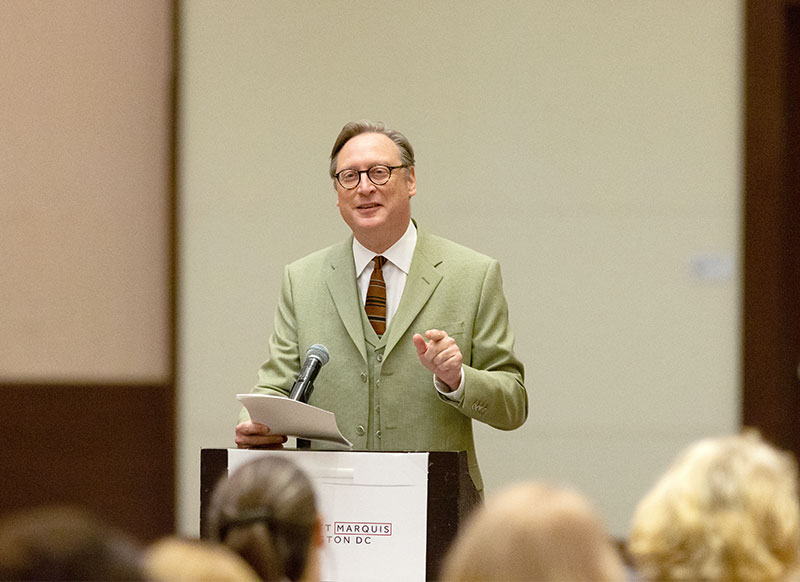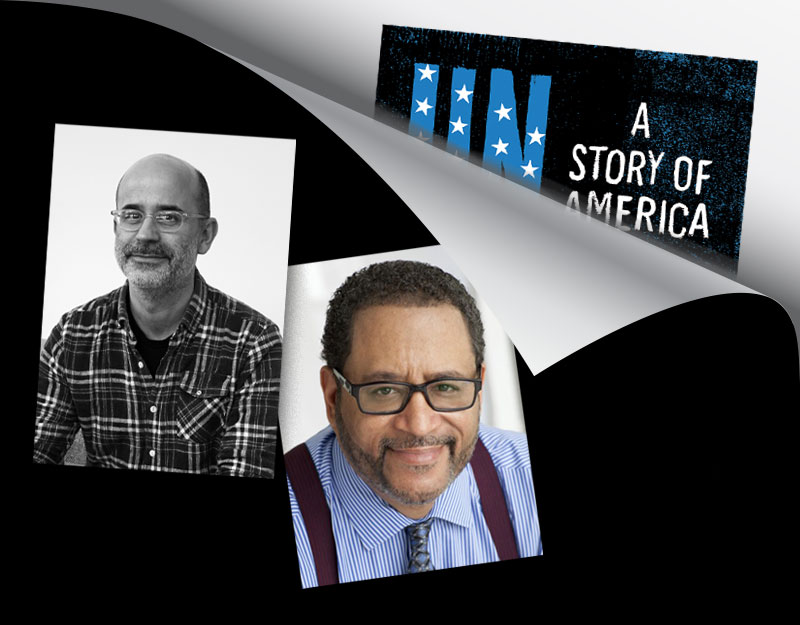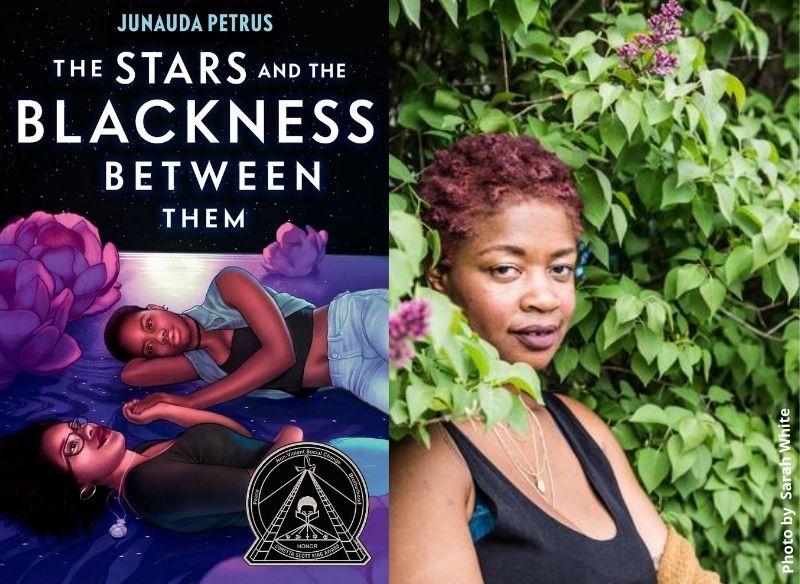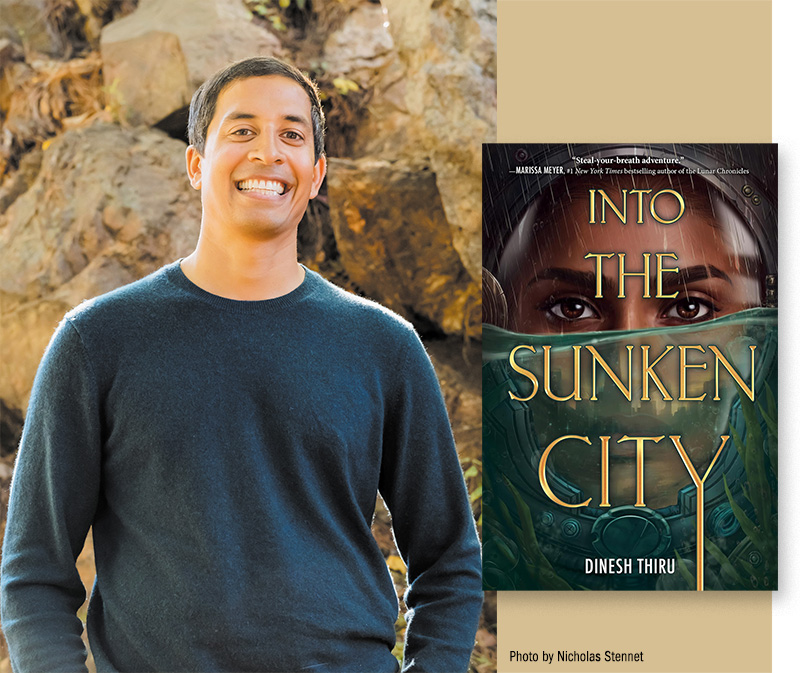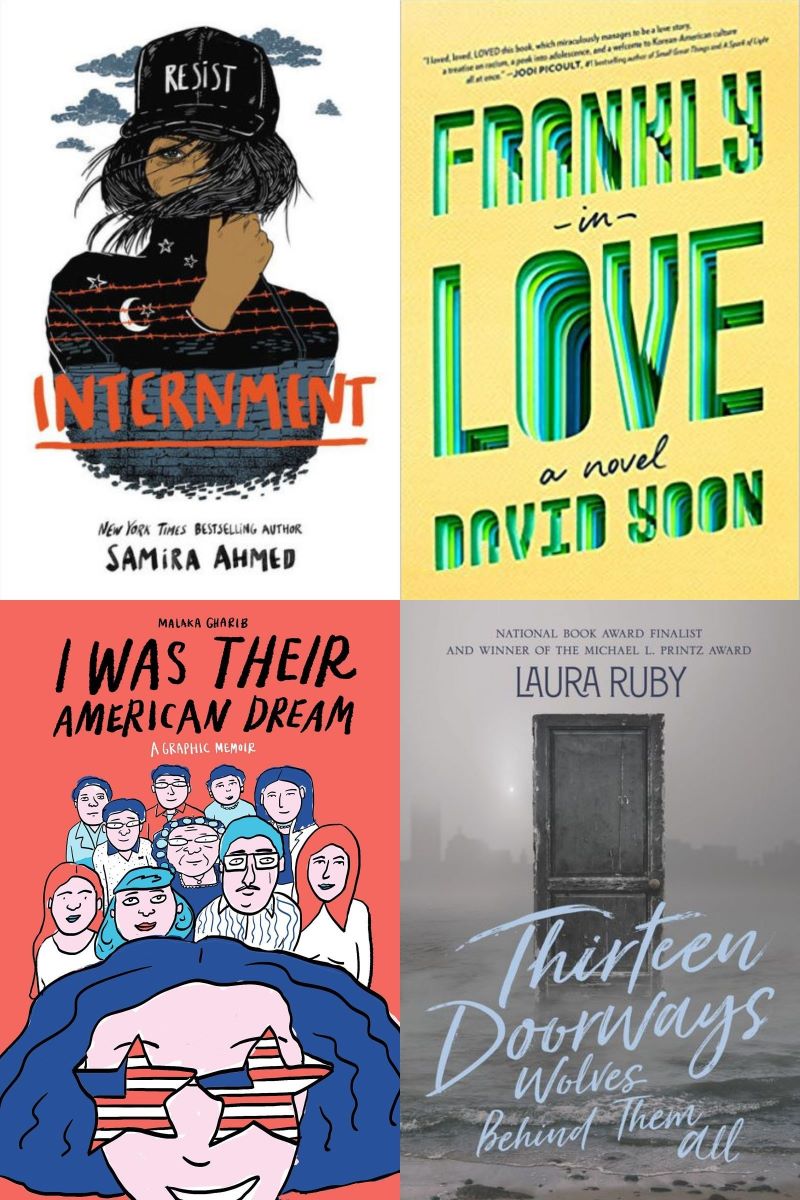Mary Edwards Walker: A Woman Ahead of Her Time, a guest post by Sara Latta
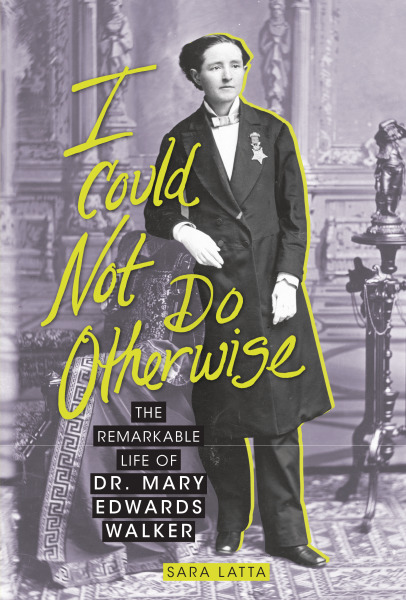
When Mary Edwards Walker was a young woman, a mob of boys assaulted her with stones and rotten eggs. Several years later, police officers harassed and on at least two occasions, arrested her.
“I Could Not Do Otherwise: The Remarkable Life of Dr. Mary Edwards Walker” (Zest Books, 2022), tells the story of a woman who was bullied and harassed for her gender-bending ways. Born in 1832 in upstate New York near the shores of Lake Ontario, Mary was steeped in her family’s progressive politics. Her parents were abolitionists and supported women’s suffrage. Her father, believing that constricting corsets damaged women’s bodies, advised his wife and daughters against wearing them. Mary would later proudly tell an interviewer, “No, sir; my waist has never been confined in one of those steel traps; it is just as nature intended it should be—free and unconfined.” In her late teens or early twenties, she shortened her loose-waisted skirts to mid-calf and then just above the knee, adding pants underneath so that her bare legs were not exposed. It seems quite modest by present-day standards, but it was considered scandalous at the time. Later in life, she cropped her hair short and wore even more conventionally masculine clothing—a long frock coat, tailored trousers, and on special occasions, a top hat and walking stick.
ADVERTISEMENT
ADVERTISEMENT
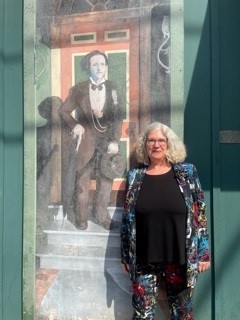
In 1855, Mary earned a degree in medicine from Syracuse Medical College. She was not the first woman to become a medical doctor in the U.S.—that honor went to Elizabeth Blackwell in 1849—but a female doctor was still a rarity. She was a surgeon for the Union Army in the Civil War and fought to be given the recognition and pay male surgeons received. She was an outspoken crusader for the equal rights of women and people of color, urging that both groups be given the right to vote. Mary’s gender-bending style of clothing provoked scathing condemnation, even among fellow suffragists, who feared she would taint their movement as “unladylike.” A leading figure in the suffrage movement, Carrie Chapman Catt, said that Mary “was very queer and everybody laughed at her…She led a queer life and did queer things…Dr. Walker was the queerest person I ever saw.”
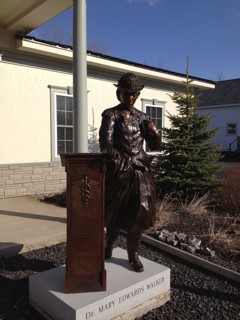
While we don’t know if Mary was queer in the contemporary sense of the word (she was briefly in a heterosexual marriage that ended in divorce, although there were rumors that she had romantic relationships with women later in life), she was certainly queer in the sense that she challenged the gender and sexual norms of her day.
Not all of Mary’s contemporaries treated her with such scorn. She was admired and respected by the soldiers she treated, as well as most of her medical colleagues. She became quite well known and was popular on the lecture circuit after the war. One of the most rewarding experiences of researching this book was delving into the archives to read correspondence from supporters and grateful soldiers.

In 1898, Mary met the Chinese minister of foreign affairs at a White House reception. The Chinese minister asked Mary why she wore pants. Politely, she responded, “Why do you wear a gown, or dress (referring to the traditional changshan, or long robe worn by Chinese men). The minister explained, “Because it is the custom of my country.” To which Mary responded, “Well, I wear trousers because this is a free country, and people are not handicapped by customs.”
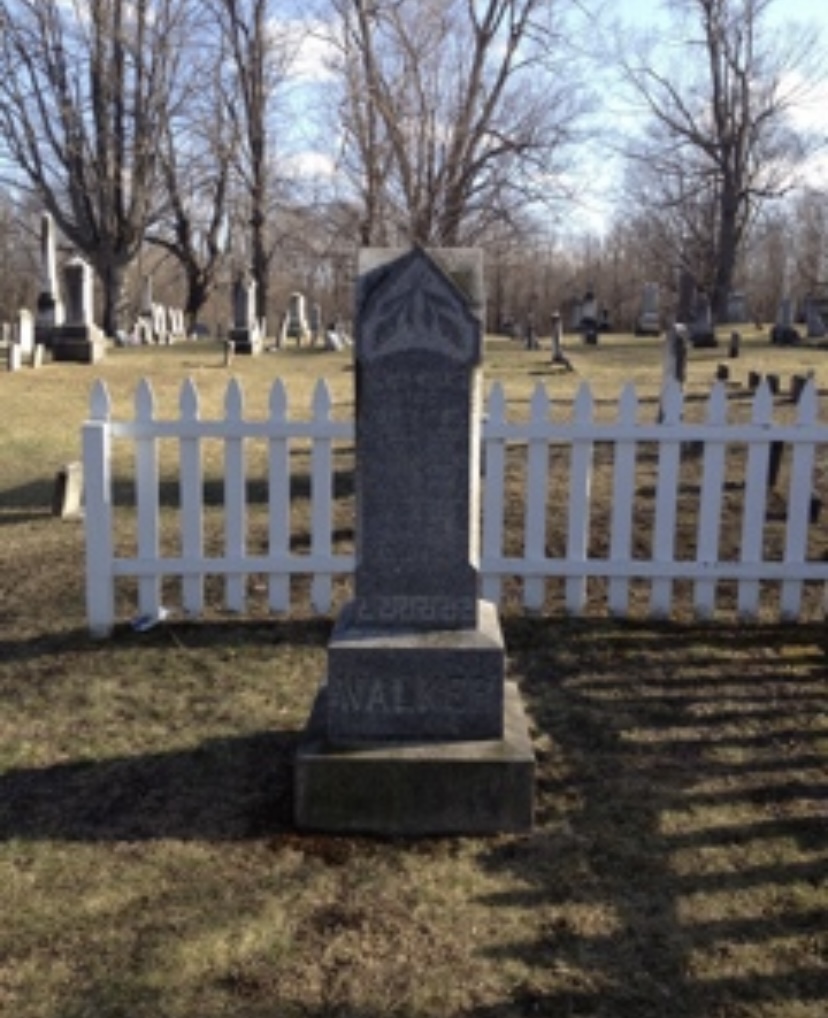
ADVERTISEMENT
ADVERTISEMENT
After her death, Mary’s friend Dr. Bertha Van Hoosen said, “Dr. Mary’s life should stand out to remind us that when people do not think as we do, do not dress as we do, and do not live as we do, that they are more than likely to be half a century ahead of their time, and that we should have for them not ridicule but reverence.”
Mary would surely be angered and moved to speak out against the current political and cultural attacks on the LGBTQ community, from bathroom bills to book censorship to “Don’t Say Gay” laws. It is my hope that Mary’s experiences will resonate with LGBTQ teens as well as other readers who are somehow labeled “different,” and that her courage will inspire them to speak out, speak up, and live their own authentic lives.
Meet the author

Sara Latta has a master’s in immunology and an MFA in creative writing. She lives in New York City with her husband and children. Visit her online at www.saralatta.com.
Twitter: https://twitter.com/saralatta
Facebook: https://www.facebook.com/sara.latta.7
Instagram: https://www.instagram.com/saralattanyc
Pinterest: https://www.pinterest.com/saralattanyc
Sara Latta’s Website: http://www.saralatta.com
About I Could Not Do Otherwise: The Remarkable Life of Dr. Mary Edwards Walker
As a teenager, Mary Edwards Walker determined she would no longer wear the confining corsets and long skirts society dictated women wear at the time and instead opted for pants with a short skirt, setting the stage for her lifelong controversial efforts to change expectations. One of the first women to earn a degree in medicine, Walker championed women’s rights, social justice, and access to health care. She became a Civil War surgeon and a spy, who was captured and arrested by the Confederacy, and she is still the only woman to have been awarded the Medal of Honor.
Written by young adult author Sara Latta, I Could Not Do Otherwise teaches readers about Walker’s determination and strength of conviction, as well as her complete disregard of what others thought of her unconventional style. The slogan, “women’s rights are human rights” is a direct descendent of Walker’s words: “The recognition of the individuality of woman, is simply an acknowledgement of human rights, which all human beings have guaranteed them, by the fact of their having an existence.” I Could Not Do Otherwise brings to light an amazing historical figure who broke gender norms and fought for issues that are still relevant today.
ISBN-13: 978-1728413921
Publisher: Lerner Publishing Group
Publication date: 10/04/2022
Age Range: 13+
Filed under: Guest Post
About Amanda MacGregor
Amanda MacGregor works in an elementary library, loves dogs, and can be found on Twitter @CiteSomething.
ADVERTISEMENT
ADVERTISEMENT
SLJ Blog Network
Name That LEGO Book Cover! (#53)
Cover Reveal and Q&A: The One and Only Googoosh with Azadeh Westergaard
K is in Trouble | Review
Fighting Public School Book Bans with the Civil Rights Act
ADVERTISEMENT



